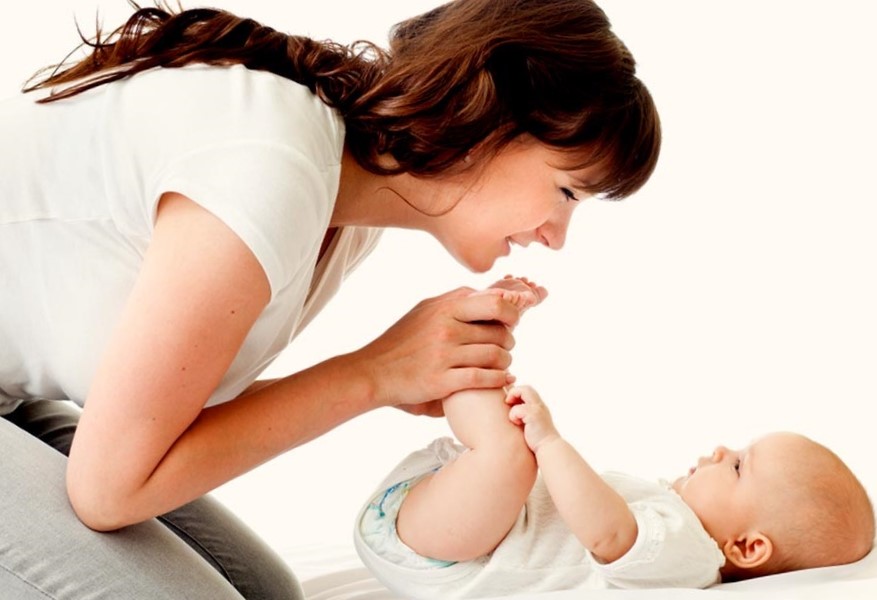
14 Feb Newborn Care: Practical advice on caring for a baby in its first days of life
Many new parents see the care that their future baby will require as a big task, but these are based on a series of guidelines that can be learned, especially those related to hygiene and bathing . Knowing how to care for a newborn will help parents to face this task with more security and confidence. We explain how to wash your baby, trim his nails, take care of his navel or clean his eyes.
Caring for your baby at birth
The baby’s first bath:
It will be done once the umbilical wound is well healed (1-2 days after the cord falls off). The water will be warm (33º34º), and we will not abuse the soaps (every 23 days, preferably neutral or acidic). It should start with the head , and then go down to the genital area.
After bathing, dry thoroughly without rubbing, paying special attention to the crease areas. Apply any moisturizer for children, spreading it first on our hands to temper it. It is advisable not to use cologne directly on the scalp.
Clean the newborn’s eyes:
They will be washed once a day preferably at bath time, and before if they have any secretions. Gauze pads (one for each eye) soaked in physiological saline will be used, and it will be cleaned from the internal to the external area of the eye.
Clean the baby’s ears:
Exclusively the outer ear with swabs (one end for cleaning and the other for drying).
Cutting the nails of the newborn:
It is not advisable to cut them before 20 or 30 days, to avoid damaging the nail bed. At this time the nails are very soft and brittle. To avoid scratching if you have long nails, we will put your hands in the sleeve of the shirt as a glove.
Wash the newborn’s genitals:
It is convenient to have a sponge for the exclusive hygiene of this area. In girls, the area will be cleaned from top to bottom, separating the lips and drying well. Take special care when drying the folds. The use of talcum powder is not recommended.
Cleaning and caring for the umbilical cord:
First we will wash our hands, then we will take a sterile gauze at the four ends so that our fingers do not touch the central part (which is the one that will come into contact with the navel). We will impregnate the central area of the gauze with 70º alcohol. We will clean the base of the navel with a rotating movement around it. With another sterile gauze, clean the distal part of the umbilicus with the forceps. It is better not to cover with gauze and to place the folded diaper under the cord, so that it does not get wet with urine. Once the cord falls off, continue cleaning with 70º alcohol for 2 or 3 days, until it heals. The cures will be carried out 3 times a day, and whenever necessary due to having stained with stools or urine.
Newborn clothes:
It is advisable not to overcoat the child. As a general rule, the newborn baby’s clothing will adapt to the environmental conditions (cold, heat) with a correct warmth. We must be guided by the temperature of the body, not that of the hands and feet, since these are the coldest parts of their anatomy.
The clothes must be easy to put on, fastened at the back, with few buttons; and loose so as not to impede the child’s active movements. Do not store the baby’s clothes with insecticide products or deodorants. Caustic soaps and bleaches should be avoided when washing.
As for accessories, try not to hang medals, or ornaments attached with safety pins, which can be dangerous if they come off.
The newborn’s room: the ideal temperature is approximately 24º C. It should be easy to ventilate. Do not smoke in rooms where the child spends most of his time; avoid excess flowers, animals, and objects that collect dust. During the first months it is useful to carry out nonspecific stimulation (toys with music or movement) for the benefit of their psychomotor development.
The first exit to the street with the newborn: it will take place when the mother is able to do so, avoiding the hours of maximum heat or cold.

Sorry, the comment form is closed at this time.